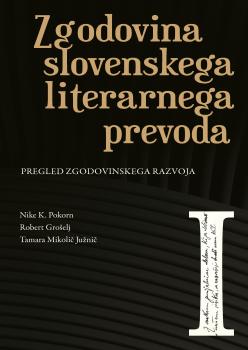Translating the Bible after the Reformation
Synopsis
Throughout the history of Bible translation, the dilemma of translating ad verbum or translating ad sensum has always been at the centre of attention. In the context of this fundamental question, the contribution discusses the implementation of all complete Catholic translations of the Bible. In doing so, the author relies on the information provided in the introductions to the translations and in professional literature, and in the treatment of the last two translations on his own experiences in connection with his colleagues. The basic principle of judging the adequacy of translations is the question of the extent to which individual translations take into account the literary nature of the biblical texts. More specially, whether translators consider the wealth of metaphors in the original, or they replace these with abstract concepts, and whether they translate basic vocabulary uniformly or freely without supervision. In standard translations of the Bible, it is especially important to take into account the basic literary form of parallelism, which in the original enabled the creation of synonymous or antithetical word pairs, which bear the stamp of the constancy of theological hermeneutics. The contribution also touches on the importance of unifying the forms of biblical personal and geographical names, which underwent significant transformations in the Greek and Latin translations of the Bible (Septuagint and Vulgate) and served as the basis for the development of name forms in European languages for two thousand years.


